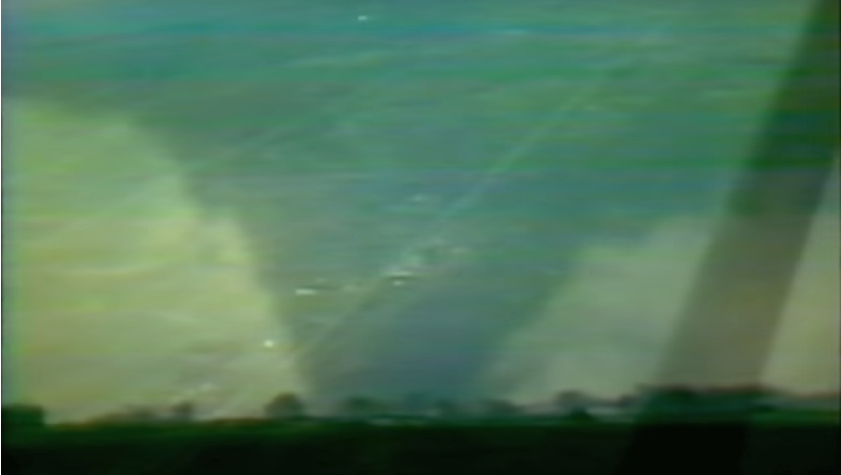Remembering Jordan, Iowa Tornado of June 1976

On the fateful afternoon of June 13th, 1976, one of the largest tornadoes in Iowa history left a trail of destruction between the cities of Ames and Boone. The tornado, later known as the Jordan Tornado, began its destructive path southwest of the small town of Luther, setting off a chain of events that would forever alter the lives of the communities it encountered.
The Unfolding Tragedy:
The Jordan Tornado initiated its rampage a little before 3:30 pm, gaining strength and size as it moved north-northeast towards US Highway 30, just east of the intersection of IA 17. The small hamlet of Jordan found itself directly in the tornado’s path, and by 3:40 pm, the nearly mile-wide twister had swept through the area, leaving behind a scene of devastation. The tornado’s wrath spared little, destroying nearly everything in its wide path.
A Chilling Twist:
Adding to the harrowing spectacle, a smaller F2 tornado formed on the southwest side of the main tornado. This satellite tornado performed a dance around the back side and to the east of the parent storm before reuniting with the larger tornado north of Jordan by 3:50 pm. The hamlet of Jordan bore the brunt of this monstrous force of nature, with homes and structures reduced to rubble.
Unpredictable Paths:
The parent tornado changed its course as it encountered outflow from a storm to its northwest, pushing it east and a little south of east. In a surprising turn of events, an anticyclonic tornado formed to the east of the main tornado, following a path about two miles to its east. The downburst winds from the northwest influenced both tornadoes, redirecting their paths to the east.
The Aftermath:
As the parent tornado approached the Boone Story county line, northwest of Ames, it began to weaken. Eventually, it lifted about four miles west of Gilbert at 4:15 pm. However, the devastation was far from over. The downburst winds, which had earlier pushed the tornado to the east, continued their rampage through northern Story County, causing further destruction.
A Ray of Hope:
Despite the widespread devastation, the Jordan Tornado and its aftermath miraculously resulted in no fatalities and only a few injuries. The resilience of the affected communities played a crucial role in minimizing human casualties. Over 60 homes and more than 300 farm buildings fell victim to the tornado family and the subsequent downburst winds, leaving scars on the landscape that would take years to heal.
The Jordan Tornado of June 13th, 1976, stands as a stark reminder of the unpredictable and destructive power of nature. The communities of Luther, Jordan, Gilbert, and Story City faced an unprecedented challenge that day, and their strength and unity in the face of adversity is a testament to the human spirit. As we reflect on this historical event, let us remember the resilience of those who weathered the storm and the lessons learned from a day that changed the lives of many forever.